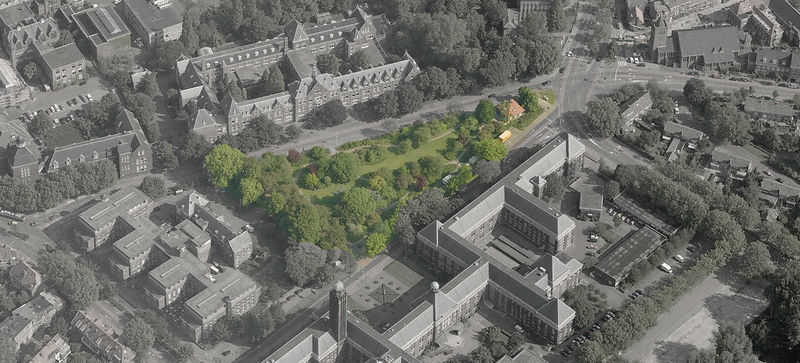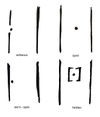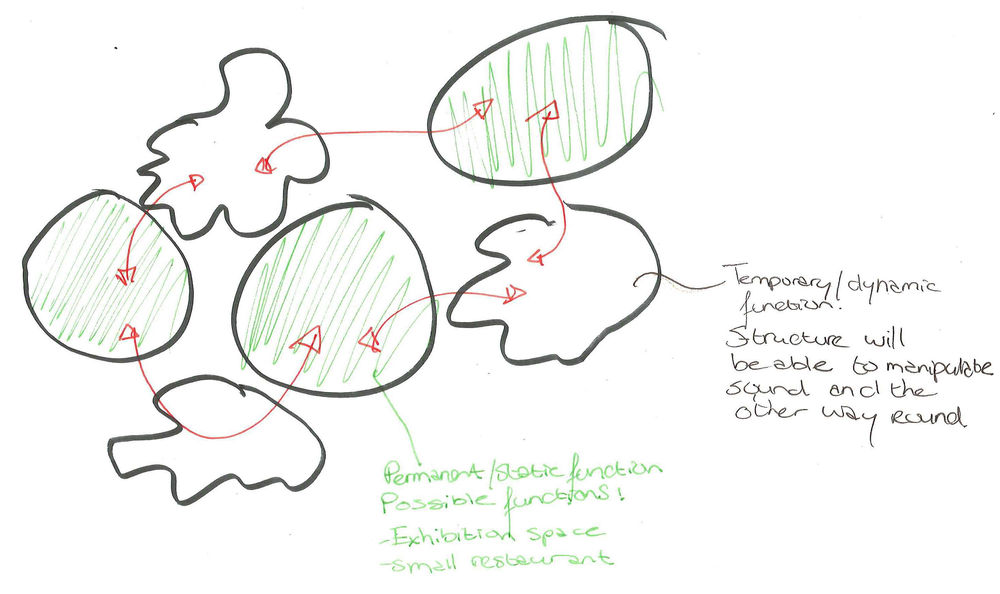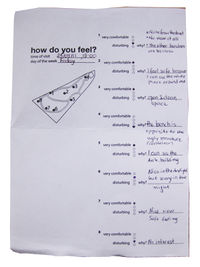atom03:Project
Contents |
NOISE
From the beginning of the analysis, we found sound to be an important element of the site. The main reason for the sound level is the surrounding streets and the constant traffic; this made the area a crossing (temporary)space rather than congregational, as the site was originally intended. In order to integrate the site back to area, and bring the community closer, we want to explore the relationship between architecture and sound, how a building reacts to sound, and how sound could be altered. We think sound and sound manipulation is a powerful tool to generate space, we are also fascinated by the effect of sound in people, and how it can transform someone's experience.
PROBLEM AND ANALYSIS
By means of personal observation and interviews with locals,we realized that noise,caused mostly by traffic, is affecting the site and prevents users from fully enjoying the area. It is also obvious that the park is lacking programmatic definition, it could be considered as an area to relax but noise doesn't allow this. Access to the park is difficult, as the entrances are uninviting and are not strategically placed. This results in many inhabitants, students and staff refraining from visiting the park and therefore a safety becomes an issue, hardly anybody is keeping an eye on the park, turning the issue into a cycle.
CLIENT
Our Client is TU-Noord. The first time we went to the site we had a talk with a woman, she mentioned TU-Noord as the party which comes up for the needs of the neighbourhood in order to keep the environment liveable. TU-Noord also has a workgroup which discusses about the charachteristics of the park (De Vries van Heystplantsoen) and its surroundings. The fact that they have such a workgroup made us curious about the TU-Noord as an organisation. Therefore we arranged an interview with Erik van Hunnik (chairman of TU-Noord) in order to get to know more about what they're aiming for as an organisation, what their goals are, but also about their ideas concerning the park.
CHALLENGE
Our challenge is to integrate the site with the surroundings, attract visitors and generate varied activity by manipulation of sound.
CONCEPT
Any design decision can manipulate sound, but interesting and controlled sound experiences result from interesting spaces. Our intervention is to create a variety of spaces that can manipulate sound, these variety of areas is reminiscent of the one seen in the current site, but should be more memorable by means of a contrasting sequence of sound/space experiences.
PROCESS
Step 1 To understand the current relation between sound and space, we first have to define which areas are problematic regarding the sound levels and their effect on comfort levels. In order to obtain these results, we organized a comfort/disturbance survey and sound data analysis. The questionnaire has 1 main question about disturbance and comfort, participants answer this question at the 8 mentioned keypoints of the site. The results will help identify why these areas are really problematic.
Secondly, with the help of a TU Delft acoustics expert we will measure sound pressure levels for a week, in specific time periods at the same 8 points. progressively results will be posted as they become available.
Step 2
After having both the qualitative and quantitative results, we will be able to cross reference them, and have a link between sound to spatial conditions.
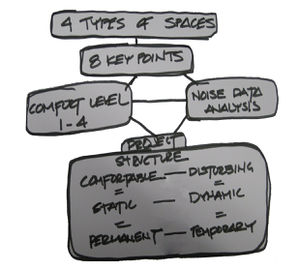
Step 3
As the stingray redirects water (medium) to achieve motion, our project will simulate this movement behaviour by redirecting air (medium) as a manipulative element of sound levels. This is possible by undulations on the surface of the ground controlling air/sound paths.
As a reaction to these deformations, spaces with unique characteristics will be generated at ground and underground level; these spaces will be categorized from static / comfortable / permanent to dynamic / disturbing / temporary with intermediate states as transitional spaces; in other words, we want to create static spaces with a permanent function, these functions will be situated at comfortable places within the site. To understand factors affecting levels of comfort, we will draw conclusions from the qualitative survey (questionnaire). These static spaces will be linked to dynamic spaces with temporary functions situated at places which are less comfortable. By means of linking static and dynamic spaces a contrasting sequence will arise.
Initial connection to surroundings:
closing of juliannalaan - connection to pedestrian paths / manipulation of pedestrian paths.
references
